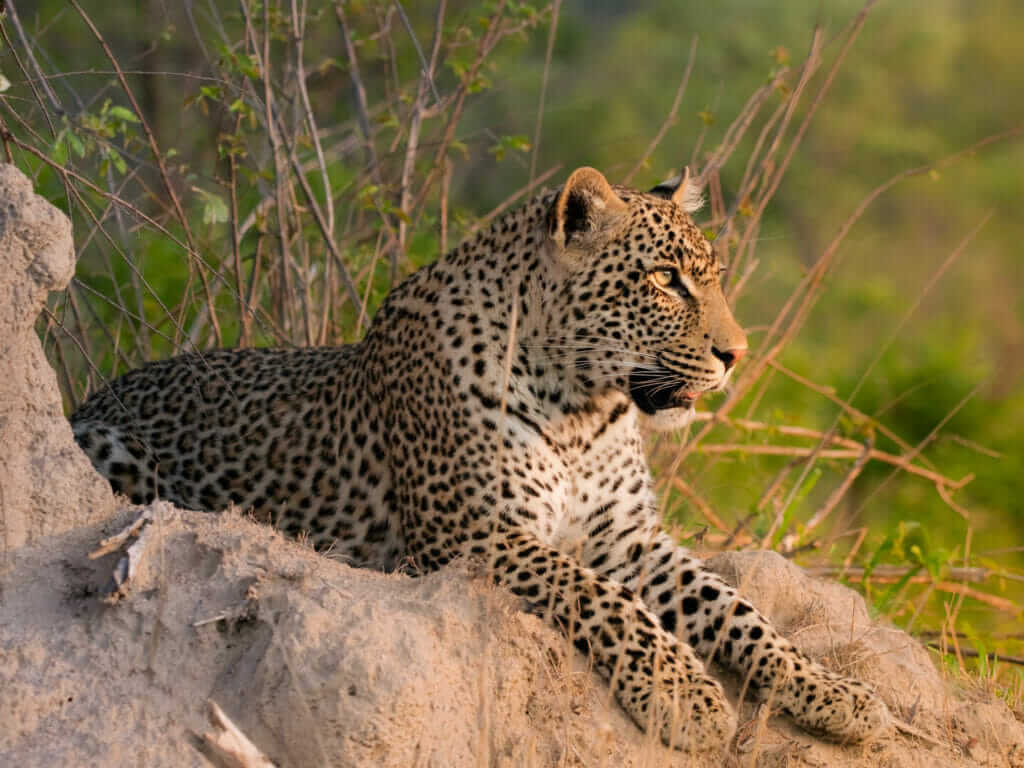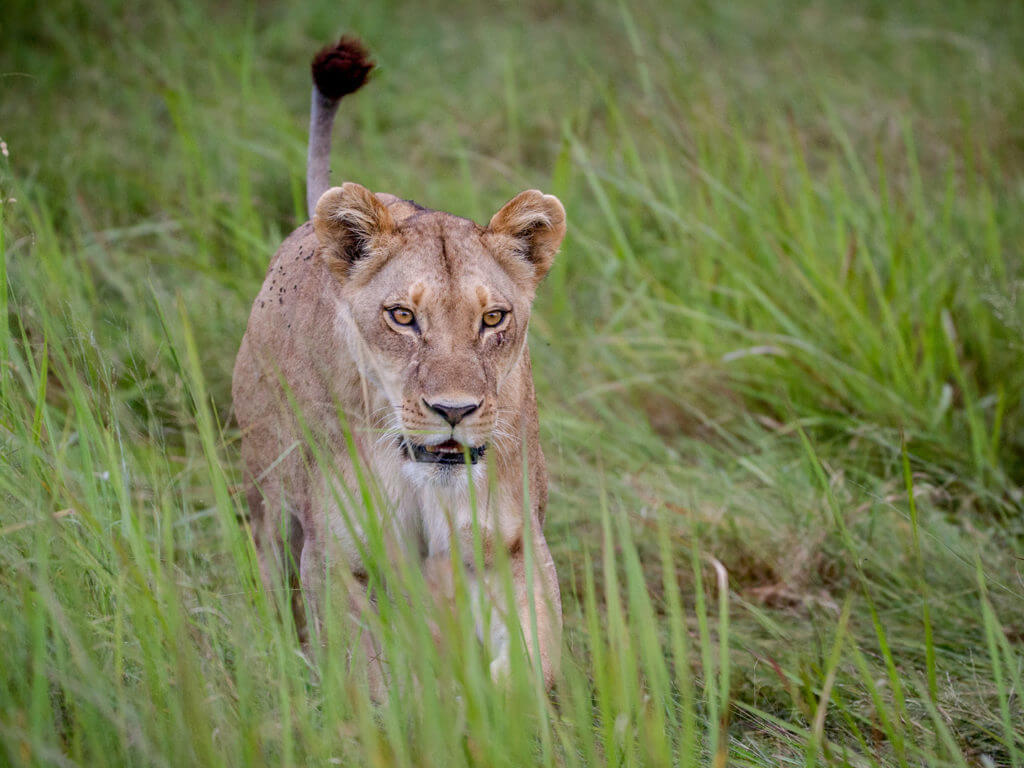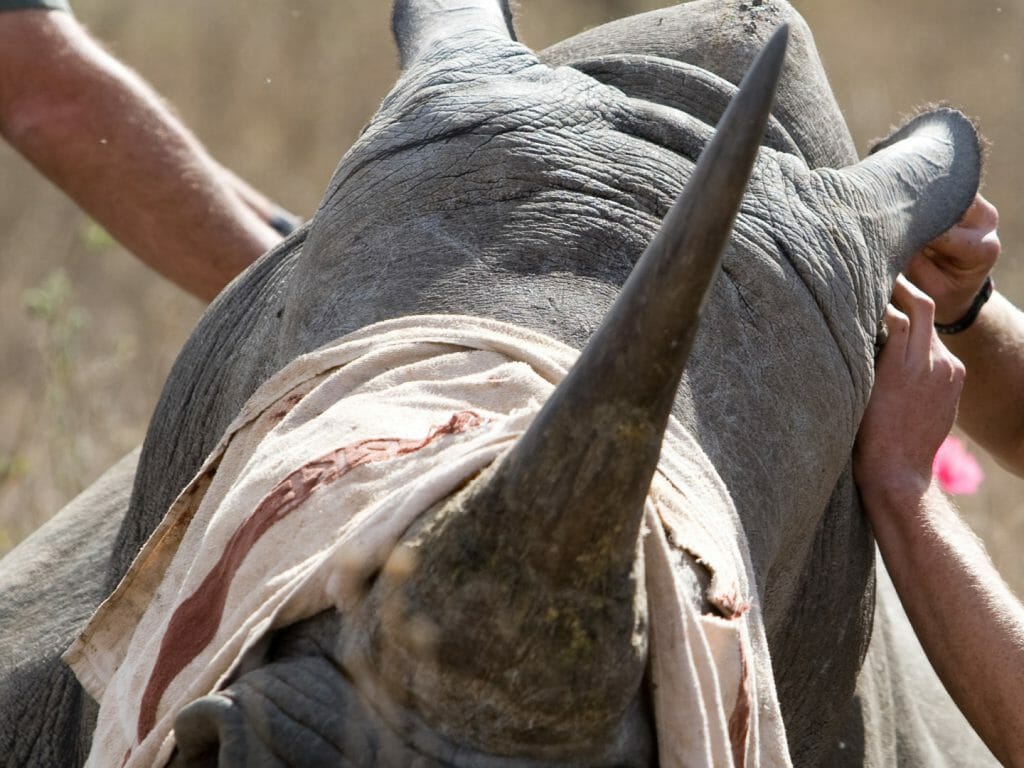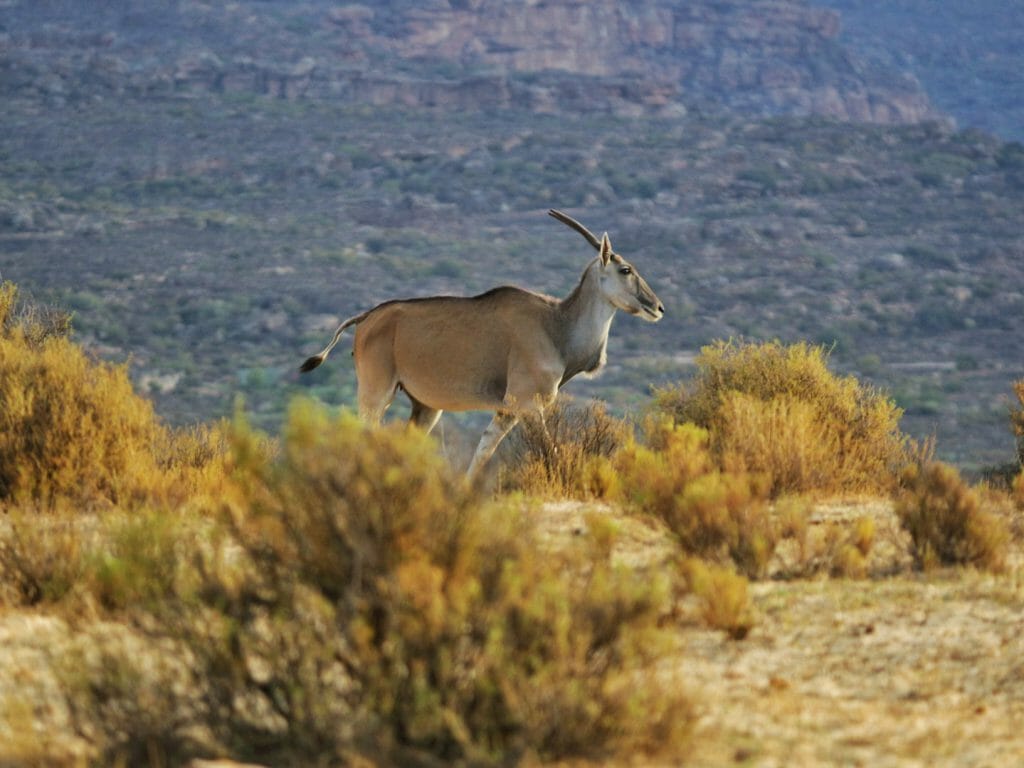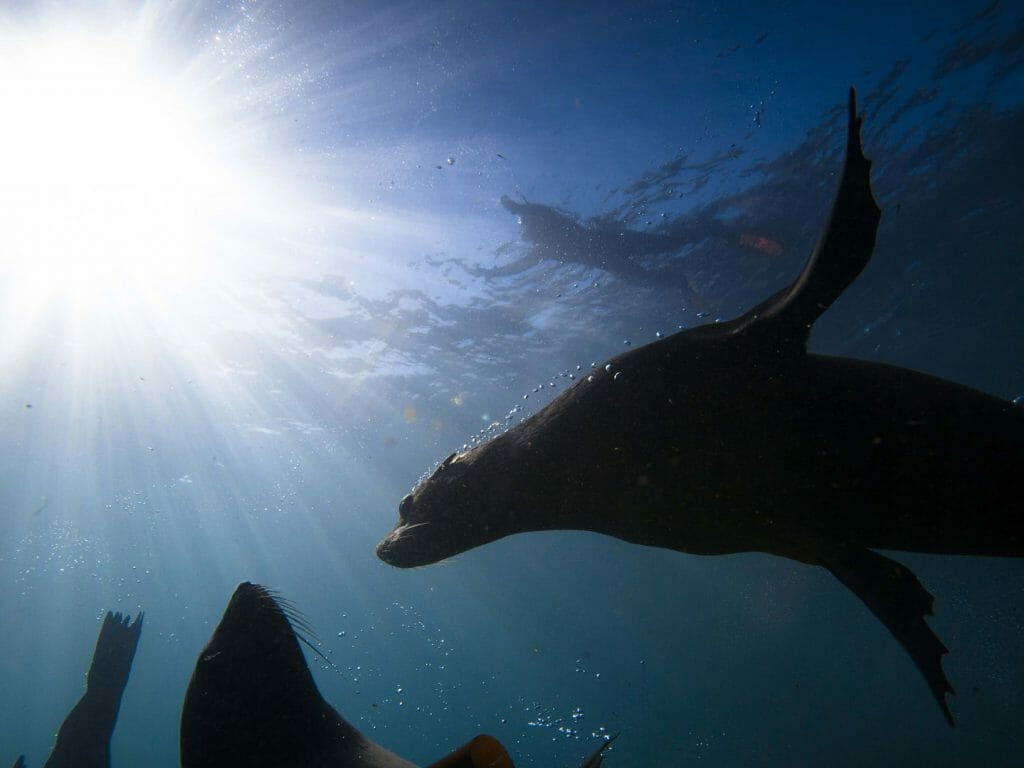Tourism is the number one reason for sustainable wildlife conservation in Africa. For this very reason Okonjima and The AfriCat Foundation have worked closely together for the past 20 years to create a 50,000 acre refuge and safe-haven for some of Namibia’s most vulnerable carnivores – which will now also become a solid platform from which we are able to support one of the most needed Environmental Education Projects in Namibia.
If you thought a guide’s only work is telling entertaining stories while pointing out Leopard and other interesting sightings on Okonjima, you would be very mistaken. They also gather critical data on the animals in the reserve and feed this back to AfriCat HQ who in turn use the information for strategic planning and research of the animals in their care. The Leopards and Spotted Hyaena in the 4000-hectare reserve have been monitored on a regular, almost daily basis since May 2008. Guides have been taking notes on the animal’s positions, movements and prey species.
At present there are six leopards fitted with radio collars in this area: TJ (Tyson junior), Mafana, Nkosi and Scarface (males) and MJ, (Maha Junior) and her cub Oshiwa (females). Oshiwa left her mother during September last year and is now hunting independently. MJ has since given birth to two cubs that are now about 8 months old.
During the 39 month period from May 2008 to the end of July 2011, 2099 leopard sightings were made and 301 kills recorded. Like Nkosi, TJ is more secretive than Mafana and MJ, and is very adept at hiding his kills. Mafana’s radio collar stopped working towards the end of last year and he led the rangers on a merry dance before being recaptured and fitted with a new collar. Very little data on Scarface is available as he has only been recently caught and collared. Analysing the collected data has provided the following statistics on hunting and prey preference:
- 1 leopard kill every 4 days & 1.7 sightings per day during a period of 1185 days
- Over a long period of time – no leopard had a preferred prey species at times it may be warthog (28%) for the stronger males then kudu (21%) proof again that leopards are ‘opportunists’ and will kill whichever prey is easily available.
- All together, 19 species of mammals, two species of birds and one species of a reptile were noted. From aardvark to zebra and including bat-eared foxes, black-backed jackal and caracal. Nkosi was once observed killing and eating a leguaan (Monitor Lizard).
Contrary to the popular notion the chacma baboon is also not the preferred prey for leopard. Only one baboon kill was witnessed during the 1,185 day period! In fact, Nkosi has been seen fleeing from a troop of angry Baboons in hot pursuit on two occasions…




